Hung Yen focuses investment on transport infrastructure
According to Resolution No.10-NQ/TU issued in June 2021 on Hung Yen's transport infrastructure development for the 2021-2025 period, the province has clearly identified its goal to invest in the completion of major transport infrastructure that connects to Hanoi, Hai Duong, Bac Ninh, Thai Binh, and other nearby localities.
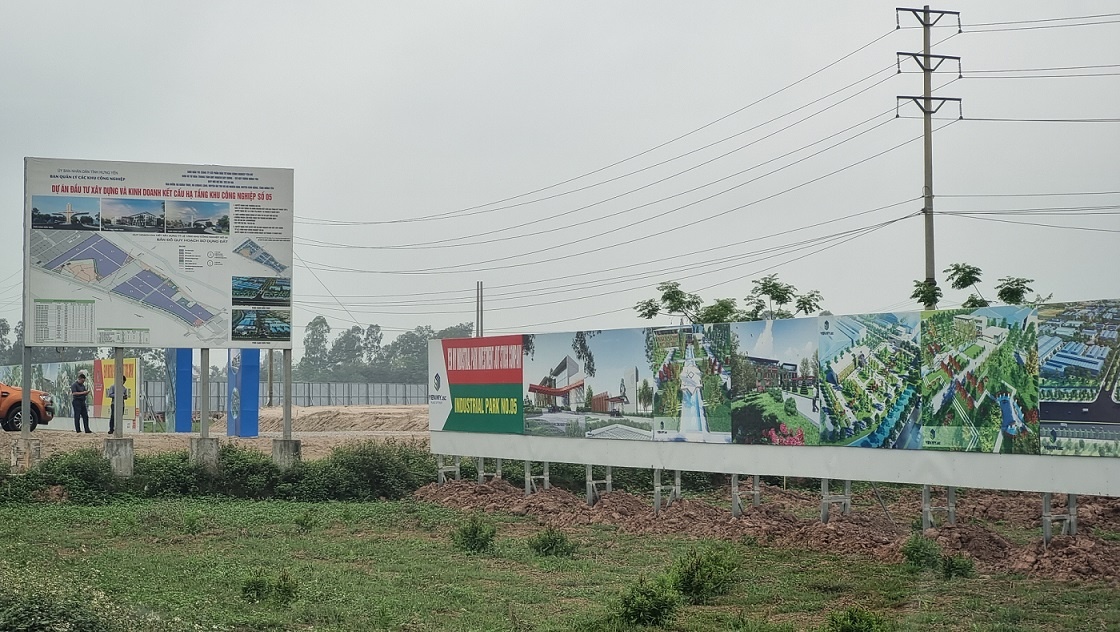 |
| New construction and expansion of roads create better conditions to promote the development of industrial parks and entice investment - Photo: Quynh Nga |
To improve the connection between the province’s transport network and the national network, Hung Yen has been focusing on several important transport projects, such as Ring Road No.4 in the Hanoi Capital region, Haiphong Highway, improvements to the Tan Phuc-Vong Phan route, and several others.
The completion of these projects will help Hung Yen improve several road networks, providing a catalyst for the development of industrial zones (IZs) in the province, namely Pho Noi A IZ, or Dream City residential area.
Hanoi’s Ring Road No.4 will span over 112km. Hung Yen will be the main contractor for the latest phase of this project, with the construction of 19.3km of road.
The project, encompassing Van Giang, Khoai Chau, Yen My, and Van Lam wards, has a total investment value surpassing $226 million.
The project is of national importance with its main goal of meeting the demands of Hanoi to grow into a modern and smart city, while at the same time extending its road network to connect to other regional economic hubs to streamline population distribution and develop local economies along.
The total land usage within Hung Yen province approximates 264 hectares. Hung Yen has focused on resolving the difficulties related to space for construction to achieve the goal of having 70 per cent of required space available for construction by June.
The project connecting Hanoi-Haiphong to Cau Gie - Ninh Binh highways has boundaries between Hanoi-Haiphong Highway intersection, and National Road No.39.
The project is about 24km long, and 22.5m, with the total investment value that exceeds $43.4 million.
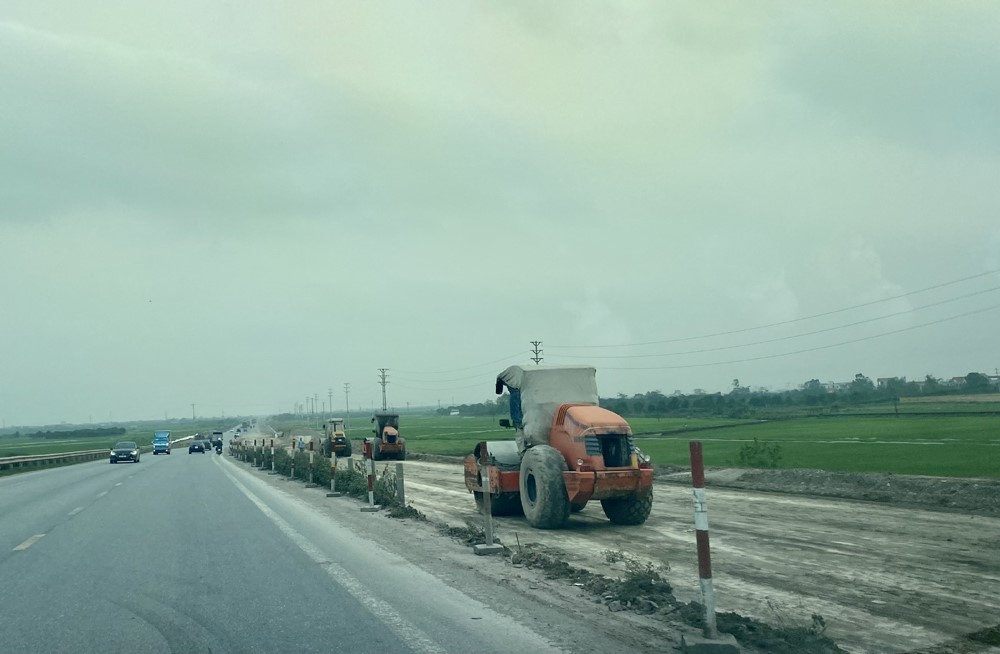 |
| The project connecting Hanoi-Haiphong and Cau Gie-Ninh Binh highways is being accelerated - Photo: Pham Dang |
Tran Minh Hai, director of Hung Yen Department of Transport, has clarified the province’s plan to collaborate closely with local municipalities to ensure that the project can be executed in planned time, with correct specifications and enhanced safety for workers.
The main contractor of the project, privately-held Xuan Truong Company, has been able to finish construction this month. When operational, the project’s first-phase aims to alleviate the traffic on several main roads in the province, and shares the traffic burden among localities in the Red River delta region.
With ever-growing traffic volume, many interprovincial roads have been put under pressure by a high volume of trucks and lorries, which also raises safety concerns. The second phase of the project is, therefore, deemed necessary, aiming at sharing the traffic of two main highways, as well as of other provincial roads.
The project to extend Hanoi-Hung Yen interprovincial road is a Grade-A project, with a total length of 33.5km, and a width of 21m, connecting Van Giang, Van Lam, Yen My, and Khoai Chau wards. The project aims to bolster local development.
As of now, the project developer has transferred 21 out of 35 km of space planned for construction within the project’s scope. The total investment cost exceeds $30.4 million. Several bridges have also finalised construction, namely Kenh Tay 1, Kenh Tay 2, and Dong Que bridges.
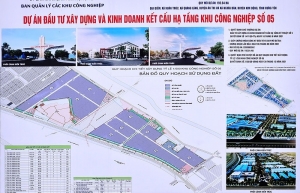 | Hung Yen leaps in Provincial Competitiveness Index Hung Yen has continued to improve its position in the Provincial Competitiveness Index (PCI) in 2022, ranking 14th out of the 63 cities and provinces across the country and 5th among the those in the Red River Delta Region. |
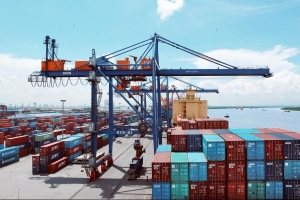 | Red River Delta to develop more transport infrastructure projects By 2045, the Red River Delta region targets developing a synchronised and modern transport infrastructure system through investments in roads, rivers, railways, and aviation. |
 | Bac Giang province invests in developing transport infrastructure Besides State capital, the northern province of Bac Giang will attract non-State capital for investment in the field, particularly that from businesses to develop transport services infrastructure like inland waterway ports, bus stations, parking lots, and roadside rest stops. |
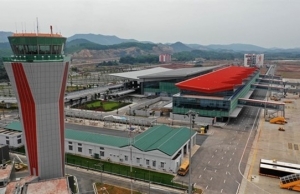 | Airport infrastructure investment needs private involvement: insiders Public investment alone is insufficient to finance new airport infrastructure, exposing the need for more favourable policies to draw in private investment. |
What the stars mean:
★ Poor ★ ★ Promising ★★★ Good ★★★★ Very good ★★★★★ Exceptional
 Tag:
Tag:
Related Contents
Latest News
More News
- Global partnerships key to Vietnam’s IFC development (December 26, 2025 | 16:18)
- Vingroup pulls out of bid to invest in North-South high-speed railway (December 26, 2025 | 11:42)
- Strengthening supply chains through trade promotions and customs reform (December 24, 2025 | 14:00)
- PM orders investment model for North–South high-speed rail (December 22, 2025 | 17:43)
- LS Eco Energy to invest in Vietnam rare earth sector (December 22, 2025 | 17:31)
- Government moves to establish International Financial Centre (December 21, 2025 | 21:00)
- Vietnam's IFC to target global investment flows (December 21, 2025 | 18:00)
- Two national hospitals expand capacity with new facilities (December 20, 2025 | 09:00)
- Ha Tinh breaks ground on major Vingroup industrial and energy projects (December 19, 2025 | 18:24)
- EVN launches major power infrastructure projects nationwide (December 19, 2025 | 18:17)





























 Mobile Version
Mobile Version